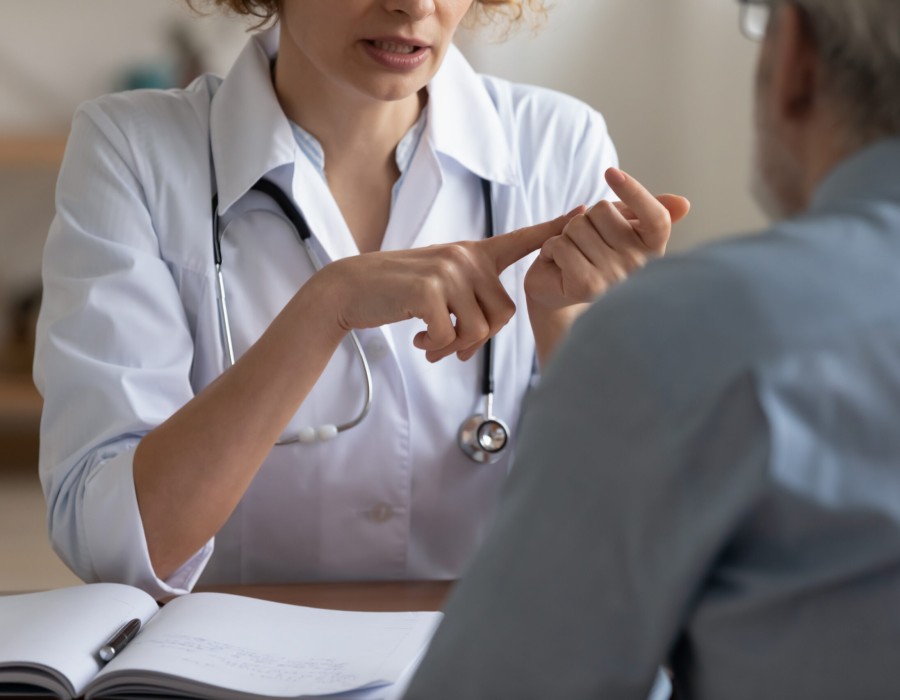Snoring is a common occurrence during sleep, and for many, it may seem harmless. However, snoring can sometimes be indicative of a more serious sleep disorder known as sleep apnea. Sleep apnea is a condition characterized by pauses in breathing or shallow breaths while sleeping. To tackle this issue, medical technology has introduced sleep apnea machines, also known as "snoring machine," which can help manage the condition effectively. In this article, we will delve into the world of sleep apnea machines, exploring their significance in treating sleep apnea, and the essential role of sleep studies in diagnosing and managing the condition.
Understanding Sleep Apnea
Sleep apnea is a sleep disorder that affects millions of people worldwide. There are two main types of sleep apnea: obstructive sleep apnea (OSA) and central sleep apnea. OSA is the most common form and occurs when the muscles in the throat relax excessively, leading to a blockage of the airway during sleep. Central sleep apnea, on the other hand, is caused by a communication problem between the brain and the muscles that control breathing.
Sleep apnea can have significant health implications if left untreated. It can lead to daytime sleepiness, fatigue, impaired cognitive function, and an increased risk of cardiovascular issues such as hypertension and heart disease. Therefore, timely diagnosis and management of sleep apnea are crucial for improving overall health and well-being.
The Role of Sleep Studies
To diagnose sleep apnea and assess its severity, doctors often recommend sleep studies, also known as polysomnography. Sleep studies are conducted in specialized sleep centers, where patients spend the night while various physiological parameters are monitored. These parameters include brain activity, eye movement, muscle activity, heart rate, respiratory effort, air flow, and blood oxygen levels.
The data collected during the sleep study helps medical professionals identify episodes of disrupted breathing, the severity of sleep apnea, and any associated sleep disorders. This information is vital for determining the appropriate treatment plan for each individual.
Sleep Apnea Machines: The Solution for Better Sleep
Once diagnosed with sleep apnea, individuals may be prescribed a sleep apnea machine, also known as a CPAP (Continuous Positive Airway Pressure) machine. CPAP machines are one of the most effective treatments for obstructive sleep apnea. They work by delivering a continuous stream of pressurized air through a mask that covers the nose, mouth, or both, keeping the airway open and preventing pauses in breathing.
CPAP machines come with various features to enhance user comfort, such as heated humidifiers to prevent dryness in the airways and adjustable pressure settings to suit individual needs. These machines not only improve sleep quality but also alleviate daytime symptoms, leading to increased energy levels and improved overall well-being.
Benefits of Sleep Apnea Machines
Enhanced Sleep Quality: Sleep apnea machines effectively treat sleep apnea, leading to uninterrupted and restful sleep.
Reduced Health Risks: By improving breathing and blood oxygen levels, sleep apnea machines can lower the risk of cardiovascular issues and other health problems associated with sleep apnea.
Increased Daytime Alertness: Improved sleep quality translates to better daytime alertness and cognitive function.
Customized Treatment: Sleep apnea machines can be adjusted to suit each individual's specific needs, ensuring optimal results.
Conclusion
Sleep apnea machines play a crucial role in managing sleep apnea and improving overall sleep quality and health. For those who suspect they may have sleep apnea, undergoing a sleep study is the first step towards diagnosis and effective management. With the help of sleep apnea machines, individuals can experience the transformative benefits of better sleep and enhanced well-being. If you or a loved one are experiencing symptoms of sleep apnea, seeking medical evaluation and exploring the options of sleep studies and sleep apnea machines can lead to a brighter and more rejuvenated tomorrow.





Comments